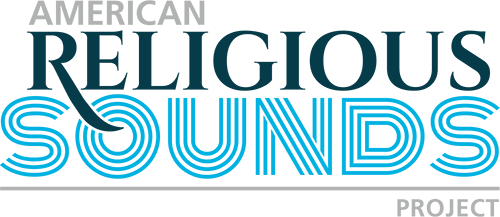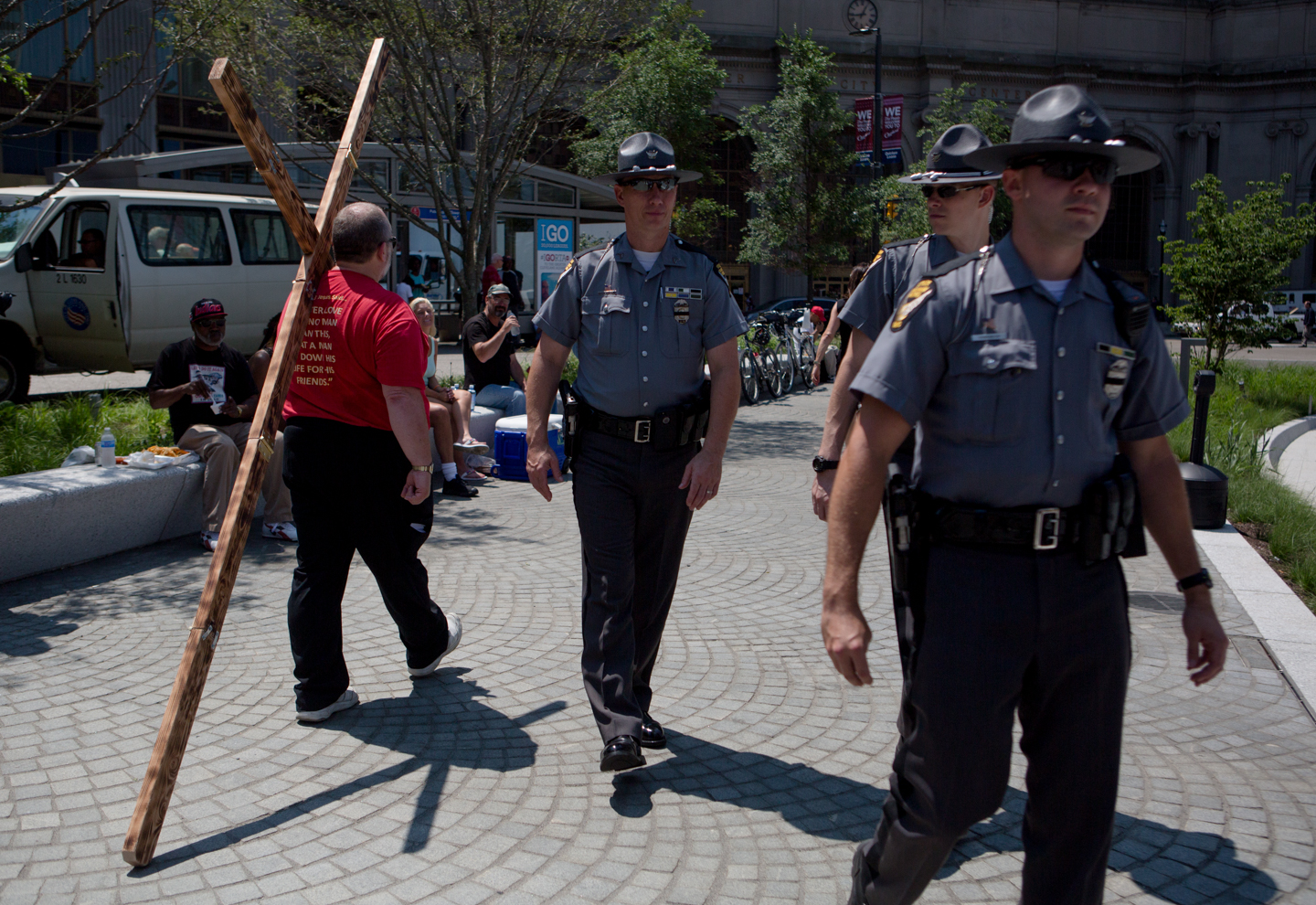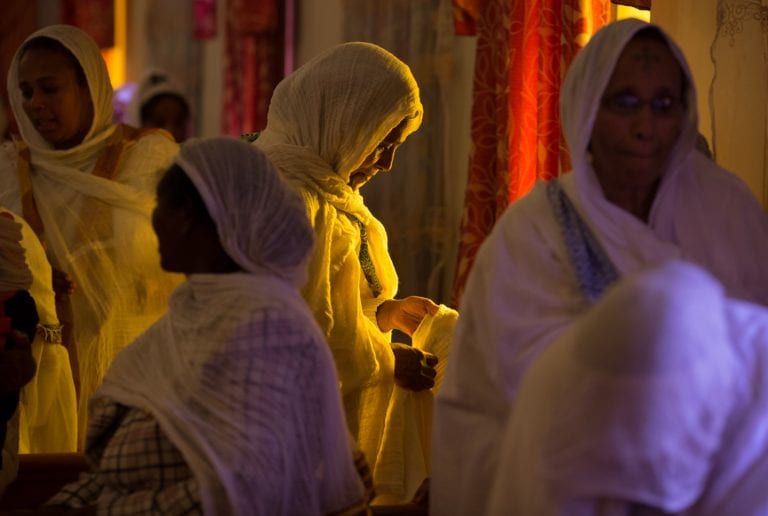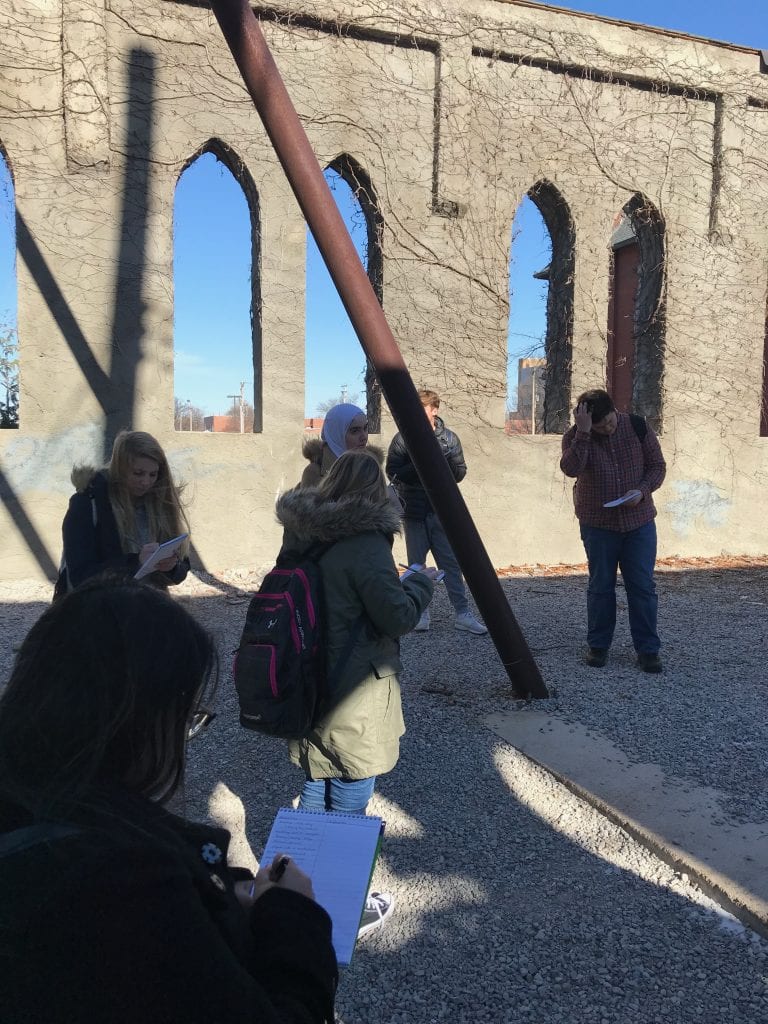Stitches in Faith: Nonvisual Response to Religious Soundscapes
By Elizabeth L. Sammons
In May, I visited Urban Arts Center to hear an exhibit. As someone blessed with an inherent love of art, but without the vision to appreciate it in traditional forms, my experience with museums and their artifacts is always mediated by others. Whether through casual dialogue with sighted friends, or in the more formal realm of audio description available from the exhibiters, my visit is worded with others’ impressions that I must accept in part on trust. Therefore, reading an announcement about Religious Soundscapes, I immediately decided to have a listen. After all, this in many ways would provide my first opportunity to explore an artistic endeavor on my own terms. Additionally, I was curious to find out how a museum would handle a show based not on what meets the eye, but what embraces the ear.





